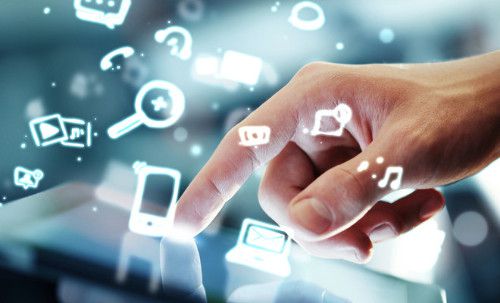The Internet of Things: It’s all about the data
 No question, The Internet of Things (IoT) is the Next Big Thing. Gartner estimates that there will be 26 billion IoT-connected devices by 2020, producing incredible amounts of data on a second-by-second basis. This will dwarf the estimated 7.3 billion traditional computing devices – PCs, tablets, smartphones – expected to be online by 2020.
No question, The Internet of Things (IoT) is the Next Big Thing. Gartner estimates that there will be 26 billion IoT-connected devices by 2020, producing incredible amounts of data on a second-by-second basis. This will dwarf the estimated 7.3 billion traditional computing devices – PCs, tablets, smartphones – expected to be online by 2020.
This trove of data presents tremendous opportunities for those prepared to use it. The question is, how can governments perform meaningful analysis and produce actionable information from this data in a way that will benefit citizens? Much of the effort in IoT today has focused on managing the end devices that produce data. But the Internet of Things is not about the sensors; it’s about the data the sensors produce.
Link analysis already is already helping us understand the relations between a person of interest and other people, places, and things. Police Departments already use Geographic Information Systems to identify high-crime areas and put “cops on the dots.” But what if we could correlate historical weather data with crime statistics and sentiment analysis to predict when and where certain kinds of activity can be expected? Smart meters can track household energy usage; what if this data could be used to identify vacant homes that are at risk for vandalism and arson? Traffic light data already is used to understand traffic patterns; what if this data could be combined with public event calendars and social media to anticipate traffic problems on a given day, time, and location?
The big challenges of using Big Data effectively are visibility and scale. First, making the data visible so that it can be used requires knowing what data is being generated, who owns it and where it resides, and what format it is in. Beginning with this, data scientists can normalize data and do the correlation and analysis to provide relationships for users. But gaining visibility is not necessarily a simple task – data resides not only in separate systems and silos, but is controlled by different political and administrative entities. Data on energy usage belongs to utilities, which can be either public or private, and traffic information belongs to the traffic department. Both of these could be useful to police, but police departments will have to cross administrative boundaries to access it.
Second, the sheer scale of the data involved can be daunting. Sensors can produce millions samples per second, demanding huge storage capacity. Storage demands can be compounded by the need to maintain historical data. Real-time or near-real-time analysis can be valuable, but value grows as historical data is used to identify and project trends.
To take advantage of the opportunities offered by the IoT to improve citizen services, agencies will have to have the storage and computing capacity to manage Big Data from multiple sources and produce actionable analysis. There are three important steps in enabling your city, department or agency to do this:
- Understand what data is available and what you want to do with it. This will include data from your own sensors and systems, but can also include that from other departments and organizations. It also can include open source data that can be culled from social networks that can provide information on public sentiment and activities.
- Develop a scalable platform for storage and analysis. Not all of the data you are using will be under your stewardship, and it is unlikely to be in one place. This requires not only storage capacity, but also a system to access and correlate data from disparate sources and in different formats. Cloud services can be a good choice for setting up this platform, providing the scalability, flexibility and economy to take advantage of data in innovative ways.
- Determine what you are providing to citizens in exchange for access to the data. The ultimate goal should be to provide value to citizens, and this is all the more important when you are using citizen managed data, such as that from smart metering and social media. There is a cultural and generational shift occurring in which “digital natives” are increasingly comfortable with sharing information, but willingness to share ultimately will depend on the value proposition being offered.
When everything is connected, it means that everything-no matter how insignificant-will become a source of data. Seemingly unrelated information ranging from temperatures and traffic lights to energy usage and generation of garbage could reveal previously unseen relationships that can drive improved citizen services and better public safety. As governments work toward better understanding, utilizing, and exploring these data resources, they move toward a more connected and protected society.




